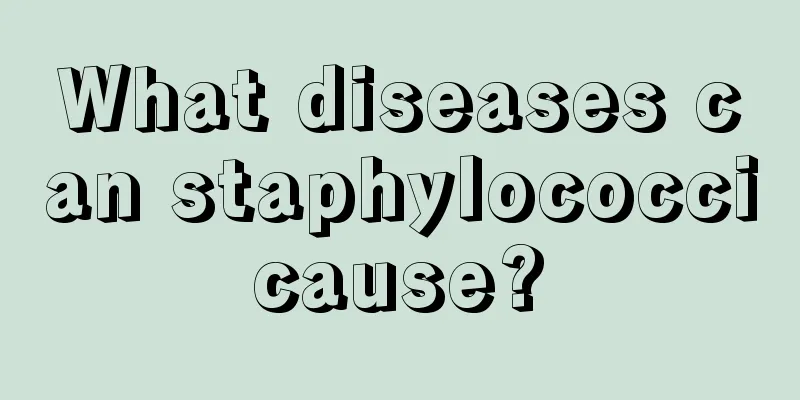What to do if beans have spots

|
Green beans are a very common vegetable, and I believe most people have eaten them. There are many varieties of beans. Some beans have long filaments that need to be torn off before eating, while some beans are round. The taste of each bean is very different. Beans are poisonous if not cooked and cannot be eaten directly. Some beans will have spots during the growth process. So can beans with spots be eaten? Pathogen: Pseudoconidium cinerea, a fungus belonging to the subphylum Ascomycota Harm: Polygonal yellow-brown spots appear, which later turn into purple-brown, and gray-purple mold grows on the back of the leaves, which are the fruiting bodies of the pathogen. In severe cases, the disease damages the pods, and large mold spots with a diameter of 1 cm or slightly larger appear on the pods. The edges of the spots are purple-brown and black in the middle. In the later stage, a dense layer of gray-purple mold grows. The spots are not sunken, unlike anthracnose. In severe cases, the seeds can rot. Disease: It becomes the source of infection at the beginning of the next year, harms the leaves during the growing season, and produces conidia for re-infection. The damage expands to pods in autumn and overwinters on seeds, usually with severe occurrences in autumn. Prevention and treatment: (1) Select disease-free plants for seed preservation and sterilize the seeds by soaking them in 45°C warm water for 10 minutes. (2) Deep plowing should be carried out after harvesting the seriously diseased plots. Crop rotation can be implemented if conditions permit. (3) At the early stage of the disease, spray 500 times diluted 77% cypermethrin wettable powder, 500 times diluted 64% alum wettable powder, or 500 times diluted 60% alumina·ethylenetetramine wettable powder once every 7 to 10 days for 1 to 2 times of prevention and control. Conidiophores are colorless or light yellowish brown, erect or densely clustered, unbranched, with little or no bending, obtuse at the apex with microspore scars, and are 68.6-134.75×2.7-4.4 microns in size. Conidia are terminal or lateral, cylindrical, obclavate or long fusiform, obtuse and truncated at the base, slightly thin at the apex, colorless to light olive, slightly curved, with 0 to 5 septa, and a size of 26.95 to 66.15 × 4.9 to 7.35 microns. |
>>: What are the benefits of soaking your feet in salt water
Recommend
How to clean activated carbon mask
The destruction of the atmospheric ozone layer, h...
Does bile duct cancer need chemotherapy after surgery?
Is chemotherapy needed after bile duct surgery? S...
How to remove the smell of paint
Paint is often used when decorating a house. We k...
What is metastatic adenocarcinoma? What are the dangers of metastatic adenocarcinoma?
Metastatic adenocarcinoma refers to a type of can...
What is an insulin pump?
I believe most people are very familiar with ordi...
There are many benefits to cutting nails frequently
Most gynecological diseases are preventable. As l...
How many days can I wash my hair after perming it? It turns out I have to wait for these days
In order to make themselves more perfect, more an...
What are the symptoms of early liver tumors?
Liver tumors must be detected and treated early t...
What are the precautions for invisible orthodontic treatment
Invisible orthodontics is a relatively common met...
Can Poria cocos cure insomnia? How to use Poria cocos to treat insomnia
People may be able to handle insomnia once or twi...
Bronchoscopy biopsy pathology results
Bronchoscopy biopsy is a common examination metho...
What are the Chinese patent medicines for treating cystitis
In order to effectively treat cystitis, some peop...
What is the best medicine for cervical pain
There are many reasons for cervical pain, and cer...
The relationship between colorectal cancer and exercise
Experts tell us that aerobic exercise should be d...
Will vaginitis induce cervical cancer? What are the ways for female white-collar workers to prevent cervical cancer?
In recent years, cervical cancer has shown a tren...









